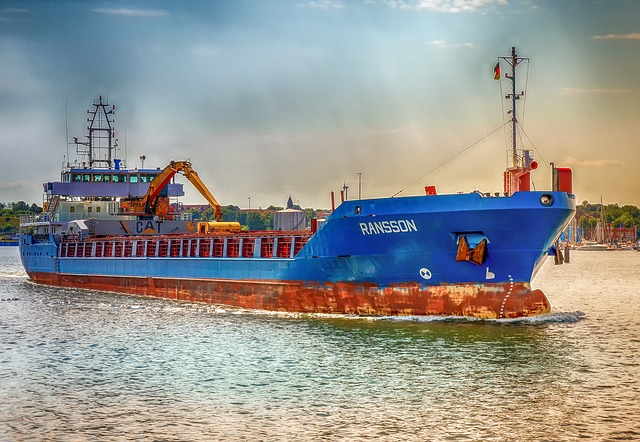When transporting cars, choose between enclosed and open transport based on your vehicle's value, condition, and budget for Auto Shipping Costs. Enclosed carriers offer better protection from weather and damage but are more expensive due to specialized equipment. Open transport is cheaper, accommodating more vehicles per shipment with less protection. Prioritize weather protection and security for valuable or classic cars; opt for open transport for ordinary vehicles to save on costs. Route length, destination accessibility, and vehicle size/weight also impact Auto Shipping Costs.
“Unsure about the differences between enclosed and open car transport? This comprehensive guide breaks down everything you need to know. From understanding the basics of each service to exploring the factors that influence auto shipping costs, we provide insights to help you make an informed decision. Learn when to choose enclosed or open transport based on specific scenarios and considerations, ensuring your vehicle’s safe arrival every time.”
- Understanding Enclosed and Open Car Transport: The Basics
- Auto Shipping Costs: Factors Influencing Price Differences
- When to Choose Each: Scenarios and Considerations
Understanding Enclosed and Open Car Transport: The Basics

When it comes to transporting cars, whether for personal or business reasons, understanding the difference between enclosed and open transport services is key. Enclosed car shipping involves securing your vehicle inside a sealed container, offering protection from the elements and potential damage during transit. This method is ideal for luxury or classic cars, which require meticulous care due to their high value and unique construction. Open transport, on the other hand, leaves the car exposed to the outdoors, making it more affordable but also leaving it vulnerable to weather conditions and potential physical damage.
Auto shipping costs often reflect these differences. Enclosed transport typically comes at a premium due to the additional security measures and specialized equipment required. Open transport is usually more cost-effective, as it can accommodate more cars per shipment and doesn’t demand the same level of protection. Choosing between enclosed and open car transport ultimately depends on your vehicle’s value, condition, and your budget for auto shipping costs.
Auto Shipping Costs: Factors Influencing Price Differences

When comparing enclosed and open car transport services, one of the most significant considerations is the auto shipping cost. The price difference between these two options can be attributed to several factors. Enclosed carriers typically offer higher prices due to the specialized equipment required for their operations. These vehicles are designed to protect cars from direct exposure to weather conditions, road debris, and potential damage during transit. As a result, enclosed transport is often chosen for more expensive or classic vehicles that require extra care.
Additionally, the route taken, distance traveled, and origin/destination locations play a crucial role in determining auto shipping costs. Longer routes usually incur higher charges due to increased fuel consumption and time spent on the road. Certain destinations, especially remote areas, may have limited transport options, leading to price surges. Moreover, the size and weight of the vehicle also influence pricing; larger or heavier cars generally cost more to ship.
When to Choose Each: Scenarios and Considerations

When deciding between enclosed and open car transport services, understanding your specific needs is key. Enclosed carriers are ideal for valuable or classic cars that require extra protection from weather conditions and potential damages during transit. These vehicles often come with additional security features like temperature control and covered storage, making them a safer bet for precious autos. If you’re transporting a high-end vehicle or one with intricate details, an enclosed transport is a prudent choice to safeguard your investment.
On the other hand, open transport is more suitable for ordinary cars that don’t necessitate the same level of protection. It’s often a cost-effective option, as auto shipping costs tend to be lower due to the lack of specialized equipment and storage. If you’re moving a standard vehicle across relatively short distances or within your region, an open transport might be all you need. Consider factors like climate conditions during transit and the overall condition of the car when deciding between these two types of services.
Enclosed and open car transport services cater to diverse needs, with enclosed options providing enhanced protection for vehicles during transit. While open transport is more cost-effective, it leaves cars vulnerable to weather and potential damage. When deciding between the two, consider factors like budget, vehicle condition, and time sensitivity of delivery. Understanding these aspects will help you make an informed choice, ensuring your car arrives safely and within your desired timeline and budget, as auto shipping costs can vary significantly based on these considerations.
